Triton-01
Among the latest Ukrainian developments, the Triton armored vehicle attracts particular attention. It is a lightly armored floating combat vehicle with a 4×4 wheel configuration, based on the Soviet BTR-70 and significantly modernized by engineers at Kuznya na Rybalskomu. Its main task is to ensure the mobility of personnel, provide cover during operations, and perform special functions in combat zones and at the state border.
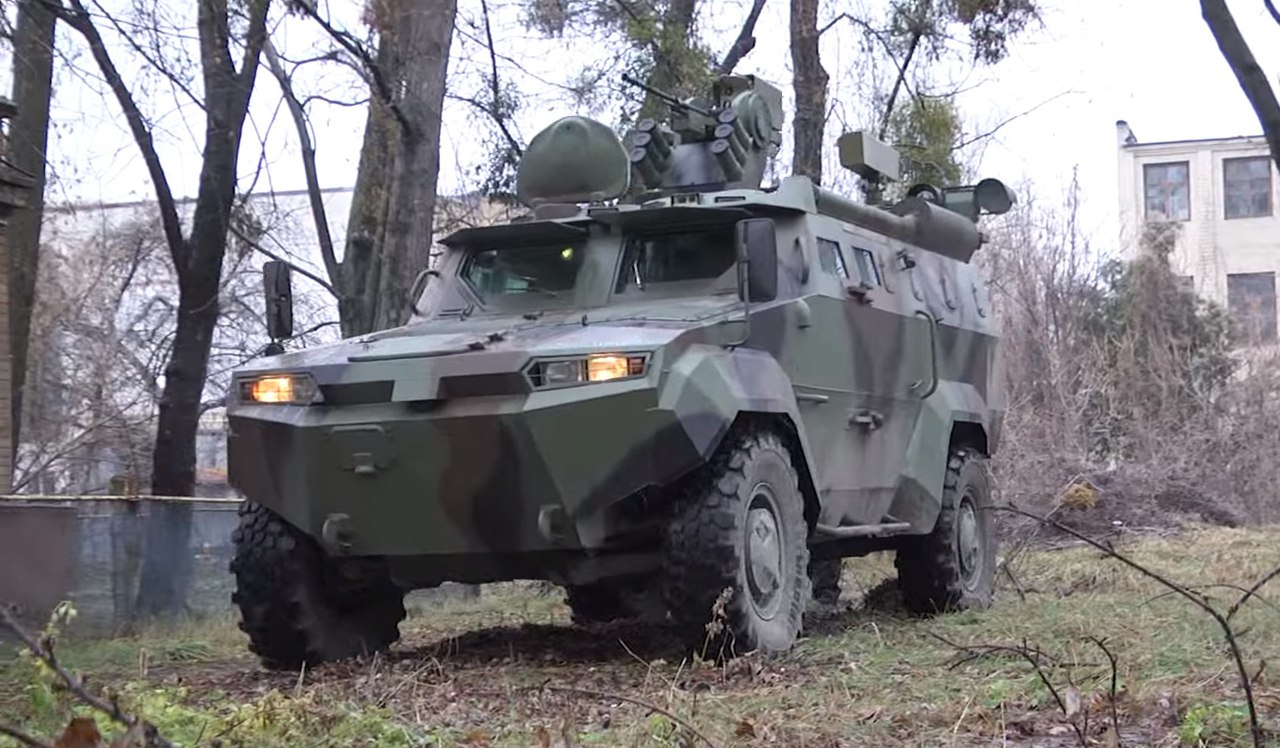
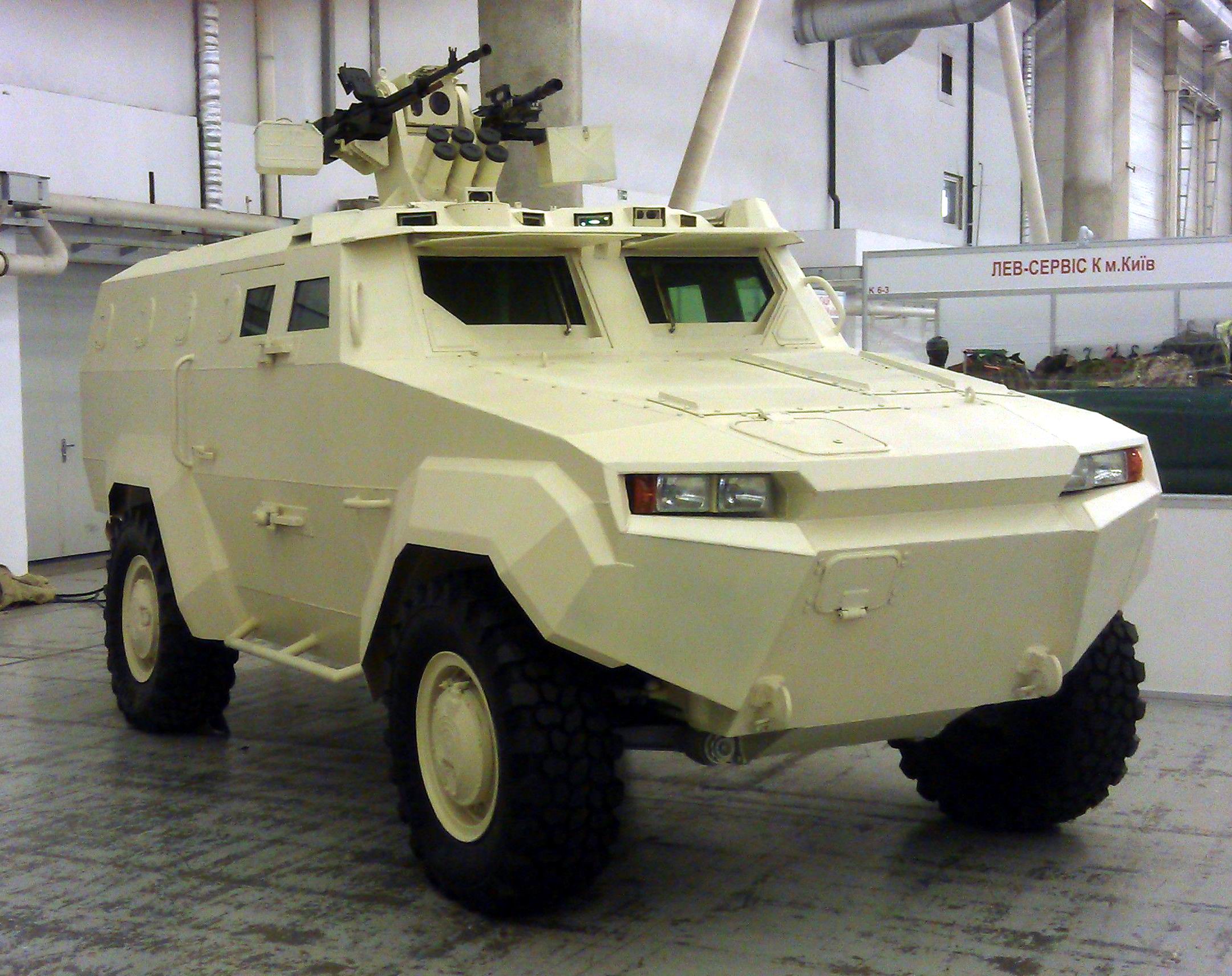
Purpose of the Triton armored vehicle
The Triton vehicle is designed as a universal platform capable of serving as both an armored personnel carrier and a multi-purpose combat base for specialized reconnaissance or electronic warfare systems. The vehicle's body is made of steel armor plates with bulletproof and splinter protection that meets STANAG 4569 Level 2 standards. As a result, the front of the vehicle can withstand 12.7 mm bullets, while the sides protect against 7.62 mm ammunition.
The front section houses a Volvo TAD620VE engine – an inline six-cylinder diesel with direct fuel injection, producing 211 hp and 700 Nm of torque. It ensures movement even in difficult terrain conditions, while the independent lever-torsion suspension allows for high cross-country ability. The maximum speed on the highway reaches 110 km/h, and on water – up to 10 km/h, which confirms the amphibious properties of the initial modification.
Armament and systems
A remotely controlled combat module with a 12.7 mm NSVT machine gun and a 40 mm UAG-40 automatic grenade launcher is installed on the roof of the combat compartment. Additionally, there are six launchers for the Khmara smoke grenade system. The fire control system includes an optoelectronic sighting complex with a thermal imager, CCD camera, and laser rangefinder. This combination allows for effective engagement of targets at distances of up to 2 km and observation even at night.
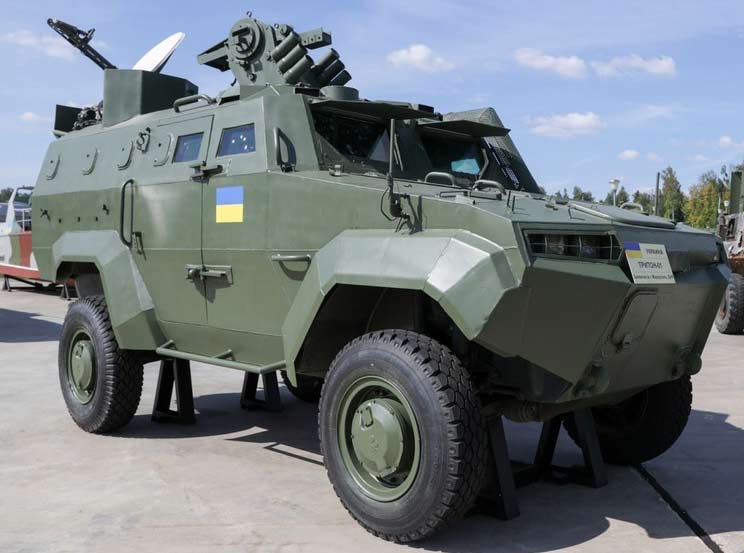
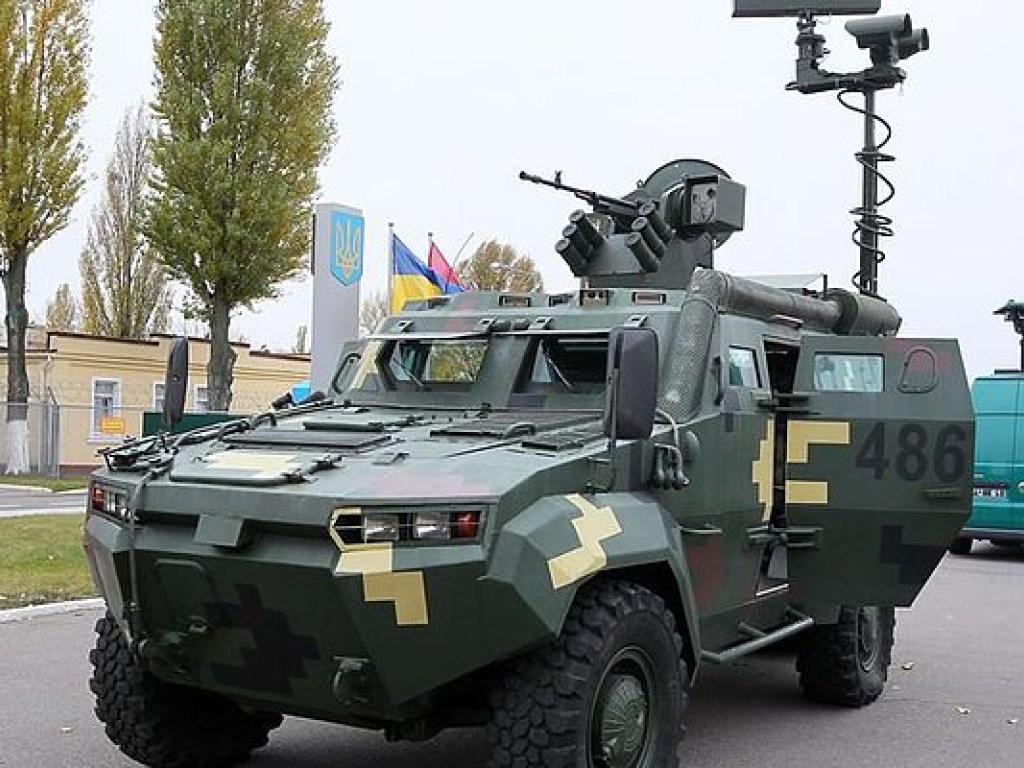
Operation and combat use
The Triton armored personnel carrier was first demonstrated in 2015 at the Arms and Security exhibition. In 2016, the State Border Service of Ukraine ordered 62 vehicles, but only four units of the Triton-0103 variant were put into production. These complexes were equipped with the “Jeb” system, which included the “Lys” radar and a thermal imaging module for monitoring border areas.
Thanks to this, the Triton armored vehicle became part of an integrated border security system: it could simultaneously track dozens of targets and transmit data via satellite communication in real time. The average mileage of border guard units in 2017 was over 3,500 km, which indicates the regular combat use of the equipment.
Production and modernization of the Triton APC
The manufacturer, PJSC Kuznya na Rybalskomu, focused on combining modern technologies with the existing repair base when creating the project, as the army already had units that serviced equipment based on the BTR-70. This simplified the adaptation of personnel and repair teams.
However, it should be noted that the order was reduced and some of the vehicles were modernized. In its non-floating version, the armored vehicle was named Triton-01 and was approved for use by the Armed Forces of Ukraine at the end of 2017.
Compared to other Ukrainian models, such as the Dozor-B and Kozak-2, the Triton vehicle demonstrated similar tactical and technical characteristics but was notable for its ability to be adapted to various surveillance and electronic warfare systems.
The reliability of armored vehicles directly depends on timely maintenance. That is why BMS, a company specializing in the supply of military spare parts and services, has become one of the key partners in providing combat units with spare parts and assemblies.
Today, the Triton armored personnel carrier remains an example of how Ukrainian engineers were able to create a multifunctional combat complex that meets modern requirements for mobility, protection, and integration into the troop command and control system. Despite limited serial production, it has already proven its effectiveness in real-world conditions.
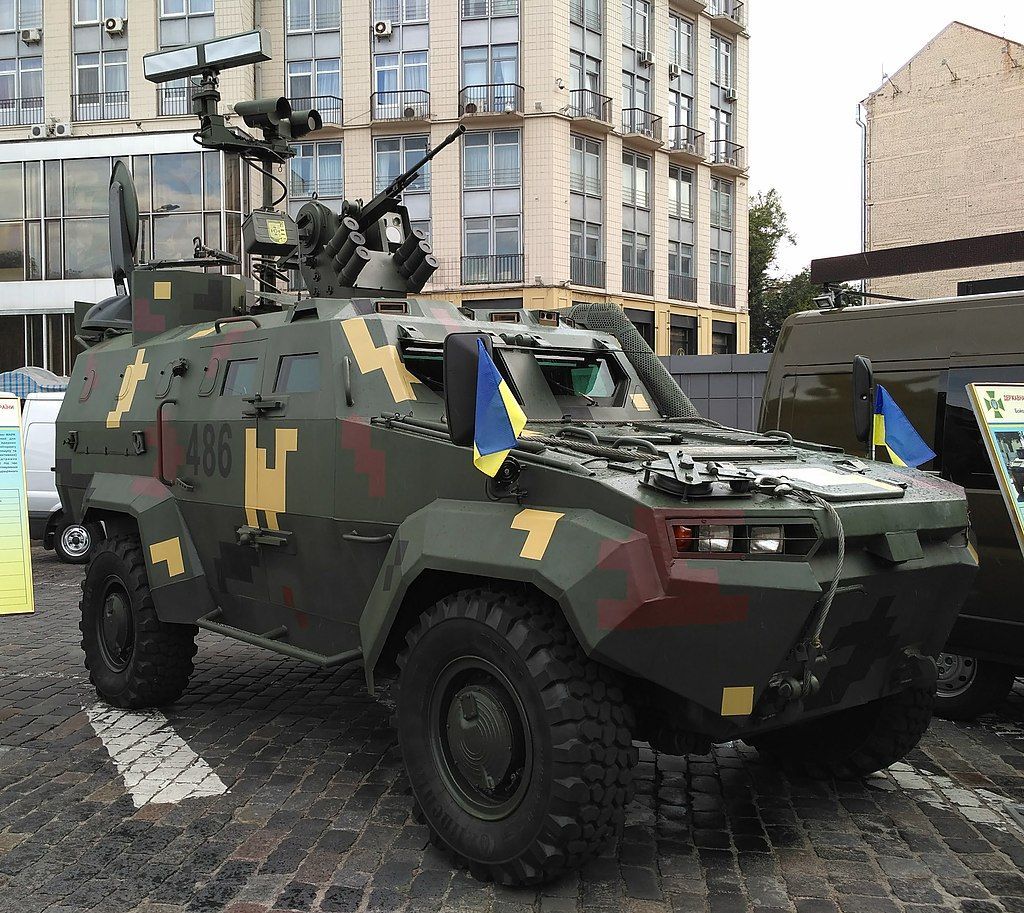

 ua
ua en
en
